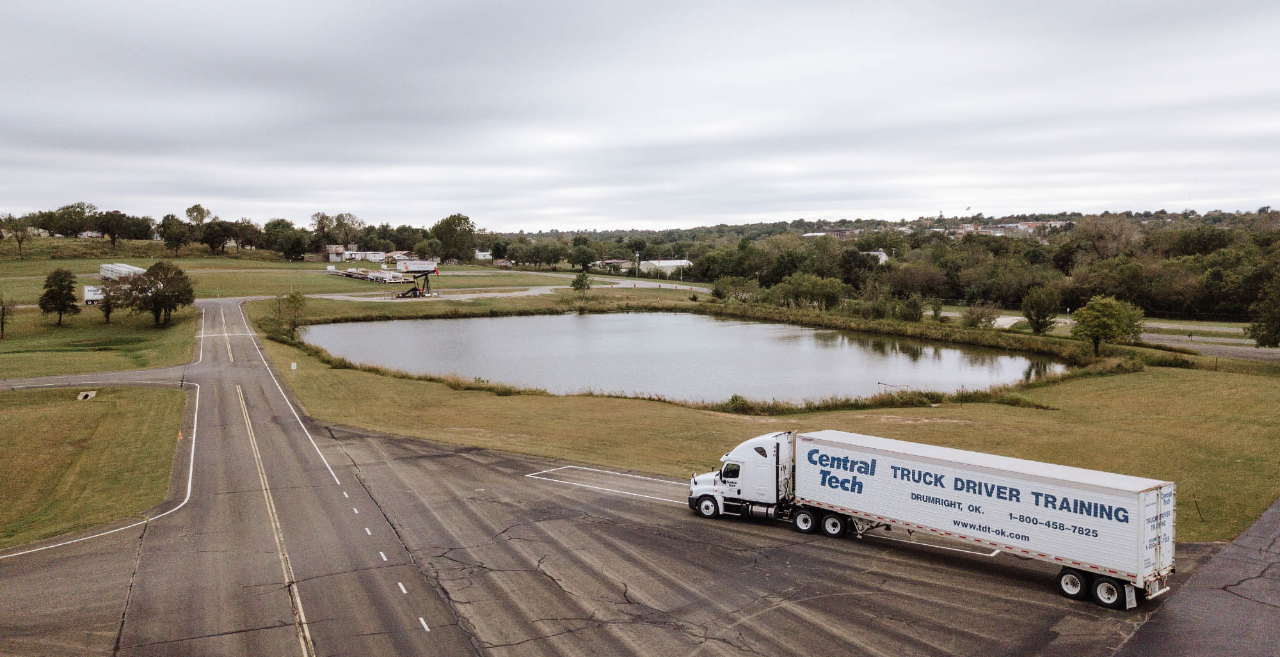Once upon a time, in the late 1800s and early 1900s, schooling in American could be described as dismal, boring and out-of-touch with the real world. Education was characterized by “book learning,” there was a zealous emphasis on classical subjects such as Latin and Greek, and rote memorization was the mode of instruction. What was learned was often of little value or of practical use in a rapidly developing industrial nation that still had agrarian roots.
Liberty Hyde Bailey (1904), dean of agriculture at Cornell University, described the rural curriculum at the time as such: “The child lives in one world and goes to school in another world” (p. 31). To further illustrate this concept, he told of an experience in a rural New York school near Ogdensburg, New York: “The class in geography was on exhibition for there were visitors. The questions were answered quickly. ‘How far is it from Rome to Corinth?’ ‘From Rome to Constantinople?’ ‘From Paris to Rome?’ A visitor was asked if he had any questions to propound. He had one: ‘How far is it from Heuvelton to Ogdensburg?’ No one answered; yet the visitor said that none of the pupils would likely go from Rome to Constantinople, but that every one of them would go from Heuvelton to Ogdensburg” (p. 34).
Bailey was not the only educator who saw how out-of-touch the American education system was with reality. O.J. Kern (1903), Winnebago County (Illinois) superintendent of schools, asked: “Why not a course of training in the country school for the country boy which shall teach him more about the country life about him? Along with his study of the kangaroo, the bamboo and cockatoo, why not study the animals of the farm …” (p. 39).
Henry Wallace, the editor of Wallace’s Farmer magazine, declared in 1908 that education needed to abandon “… the cut-and-dried formula of a period when a man was ‘educated’ only when he knew Greek and Latin” (as cited in Cremin, 1961, p. 45).
An editorial in Hoard’s Dairyman stated about education: “As it was 60 years ago in our boyhood, so it is today in 99 out of 100 schools. Not a grain of progress that will help the country boy to a better understanding of the problem of agriculture” (as cited in Cremin, 1961, p. 45).
There were similar sentiments in cities, as schools were not meeting the needs of boys and girls there either. In the early 1900s, the Women’s Educational and Industrial Union of Boston advocated for the teaching of “salesmanship” in Boston schools. In his book, Commercial Education in Public Secondary Schools, F.V. Thompson (1916), the assistant superintendent of schools in Boston and a leading educator at the time, wrote, “Too many schools are satisfied to go on as in the past, paying little heed to changing commercial demands” (p. 12).
In addition, leaders in the trades and industry were also calling for a revamping of the school curriculum to include a more practical education that emphasized industrial training (Barlow, 1967).
Why was there such a need for change during this time? One very compelling reason is that few students stayed in school past the eighth grade. Many of them dropped out of school when they reached the age of 14 because they saw no value in what they were learning. In 1908–1909, of all the persons in school, 95 percent were in elementary school and approximately 5 percent were in high school (Snyder, 1993).
This problem was recognized by Thompson (1916): “A fundamental lack in our general high school is the failure of the high school to supply the boys and girls an adequate motive. The general, academic or abstract cultural motive has proved ineffective; we have failed not only to meet industrial needs, but have failed to interest and hold our boys and girls” (p. 38). Clearly, education needed to change. It did.
A National Movement Begins
Two hundred and fifty leaders from business, industry and education met in New York City in the fall of 1906 and established the National Society for the Promotion of Industrial Education (NSPIE)1. Their primary objective was to educate the public about the importance of industrial education. NSPIE published bulletins, organized meetings and en-gaged in a variety of activities to promote vocational education.
Speakers at some of the early NSPIE meetings included the presidents of Harvard University, the National Association of Manufacturers and AT&T, and the list goes on. By 1908, membership had reached 900 and consisted of a diverse group of influential individuals and more than 30 organizations. Groups such as the American Federation of Labor, National Association for the Advancement of Colored People, American Chamber of Commerce and the National Education Association, as well as farm organizations, settlement house leaders and other groups representing nearly every segment of American society were in support of vocational legislation.
Not only did NSPIE aim to educate the public on the value of industrial education with its common-sense message, but there was also an all-out lobbying effort by its members to get Congress to put its stamp on this field.
Congress Gets on Board
Their efforts paid off and Congress came to recognize the need for a national system of vocational education. Starting in 1907, there was a cavalcade of bills introduced in Congress calling for federal support of vocational education (Davis Bill, 1907; Dolliver-Davis Bill, 1908, 1910; Page-Wilson Bill, 1911, 1912 & 1913, etc.). And while there was widespread support for these bills, unfortunately, there were typically one or two specific provisions in the bills that prevented their passage.
One of the major impediments to the passage of vocational education legislation was the introduction of the Smith-Lever Bill in 1912, which called for the founding of a national system of agricultural extension to be administered by land-grant colleges. These colleges would send out agricultural and home demonstration agents to work with farmers and homemakers. However, the support for the two legislative initiatives (vocational education and agriculture ex-tension) was split; both could not pass.
In order to move forward, legislators needed to reach a compromise. If the vocational education supporters would support the Smith-Lever Bill and vote for it, then the agricultural extension supporters would back the appointment of a committee to study and document the need for federal support for vocational education and vote for the resulting legislation. With both sets of supporters on board, the Smith-Lever Bill was passed in 1914, and the Commission on National Aid for Vocational Education was then established.
Members of the commission, who were appointed by President Woodrow Wilson, consisted of nine individuals who were advocates for vocational education. Sen. Hoke Smith of Georgia chaired the commission. Other appointees included Sen. Carroll S. Page from Vermont; Rep. Dudley Hughes from Georgia; and Charles Prosser, secretary of NSPIE. Prosser also possessed a law degree and had previously been a school teacher, a school superintendent and deputy commissioner of education for vocational education in Massachusetts.
The commission members had their work cut out for them. They conducted hearings and sent out surveys, and within six months, members had concluded their work and reported that there was indeed a need for federal support for vocational education. As part of their report, the commission drafted the proposed legislation, which would eventually become the Smith-Hughes National Vocational Education Act.
The majority of the proposed legislation was written by Prosser. Both Smith (who was a lawyer) and Hughes (who was a farmer) also provided substantial input into the proposed legislation.
Since Smith was chair of the Senate Committee on Education and Labor, he introduced the proposed legislation in the Senate in 1915. Hughes, who was chair of the House Committee on Education, introduced the legislation into the House of Representatives early in 1916. While Word War I occupied much of Congress’s attention, eventually the legislation was passed, and the Smith-Hughes Act was signed into law by President Wilson on February 23, 1917. Because Smith and Hughes chaired the committees that first considered the legislation, their names were attached to the law.
It should be noted that Smith-Hughes did not start the teaching of vocational education; vocational subjects were being taught in many states prior to the passage of the legislation; however, what was taught varied greatly from school to school and from state to state. Often, the vocational subjects lacked hands-on application and much of the instruction came from books. What the Act did do was provide federal funding to support the teaching of vocational education, make the instruction much more authentic and provide standards for the operation of vocational education programs.
Major Provisions of the Act
The Smith-Hughes Act recognized vocational agriculture, home economics, and the trades and industries as the fields of study that could be supported with Smith-Hughes funds. Commercial education was also mentioned in the legislation, but there were no provisions to pay the salaries of these teachers. Later, additional legislation would specifically recognize Distributive Education, Health Occupations Education, Business Education and Industrial Arts as fields of study in vocational education.
Some of the major provisions contained in the Smith-Hughes Act were:
- The purpose of vocational education was to prepare individuals for useful employment.
- Before states could accept money for specific vocational programs, they had to have plans for preparing teachers.
- Individuals enrolled in vocational education had to be at least 14 years of age. This was designed to encourage students to continue their education and prevent the use of vocation dollars for funding elementary school programs.
- State boards of vocational education were to be established. In some states the state board of education also functioned as the state board of vocational education, while in other states a separate board was created. The state board of vocational education was required to develop a detailed plan on how Smith-Hughes funds were to be used.
- A federal board for vocational education was created. This federal board set rules and regulations concerning the implementation of vocational education programs. National and regional supervisors, who wielded immense power, were appointed by the board to oversee the implementation and operation of vocational education programs.
- States had to match federal funds dollar for dollar.
- Schools that received Smith-Hughes funding had to be under public control.
- Students in the trades, home economics and the industries were required to spend half their school time in practical hands-on activities. Agricultural students were required to have a farming project (e.g., growing a crop or raising livestock) for at least six months of the year.
The Results So Far
It would not be an exaggeration to say millions of people have been impacted by the Smith-Hughes Act. After gaining knowledge in specific vocational fields, students have chosen to go on to pursue advanced degrees, and they have done well. Furthermore, students have learned skills that have resulted in gainful employment, and many have started their own businesses, contributing to higher standards of living and reduced unemployment.
Vocational education has served as a deterrent to students dropping out of schools and as a vehicle for making academic subjects, such as science, physics and math, easier to understand because vocational education allows them to see the practical application of academic concepts.
And not all the benefits have been educational. Vocational education has contributed to the national defense. During times of war (e.g., World War II) vocational students planted victory gardens, sold war bonds, collected scrap metal and repaired farm equipment.
With the advent of vocational student organizations (VSOs), now known as career and technical student organizations, students have gained leadership and civic skills, which produce more well-rounded individuals.
The Smith-Hughes Act built a firm foundation for what we now know as career and technical education (CTE). In 1963, Smith-Hughes was replaced by the Vocational Education Act of 1963. Twenty-one years later, the Carl D. Perkins Vocational Education Act was signed into law. Today, we await reauthorization on the latest version of Perkins. However, it was the Smith-Hughes Act that laid the foundation. The public opinion pendulum is swinging back in favor of CTE, and its future is bright. Smith and Hughes would be pleased with what they set in motion 100 years ago this month.
Gary Moore is a professor of agricultural and extension education at North Carolina State University. He was the 2010–2011 ACTE president. E-mail him at gmoore@ncsu.edu.
ENDNOTE
1. NSPIE changed its name after the passage of the Smith-Hughes Act to include the words “vocational education,” becoming the National Society for Vocational Education, which eventually merged with the Vocational Education Association of the Middle West to form the American Vocational Association—the precursor of the Association for Career and Technical Education.
REFERENCES
- Bailey, L. H. (1904, March). An appeal to the teachers of New York state. Supplement to home nature study course (pamphlet). Ithaca, NY: Cornell University.
- Barlow, M. L. (1967). History of industrial education in the United States. Peoria, IL: Chas. A Bennett.
- Cremin, L. A. (1961). The transformation of the school: Progressivism in American education, 1876–1957, 1st edition. New York: Alfred A. Knopf.
- Kern, O. J. (1903). The Winnebagos, 1903: Report on the Winnebago county, Illinois schools. Archived copy from the University of Illinois.
- Snyder, T. D. (1993). 120 years of American education: A statistical portrait.
- Washington, D.C.: National Center for Educational Statistics. Retrieved from http://nces.ed.gov/pubs93/93442.pdf
- Thompson, F. V. (1916). Commercial education in public secondary schools. Yonkers-On-Hudson, NY: World Book Company.
Author, Gary Moore (2017) The Smith-Hughes Act: The Road to It and What It Accomplished
Techniques Magazine, Volume 92 (Number 2) pages 17-21
Reprinted with permission of Techniques Magazine




